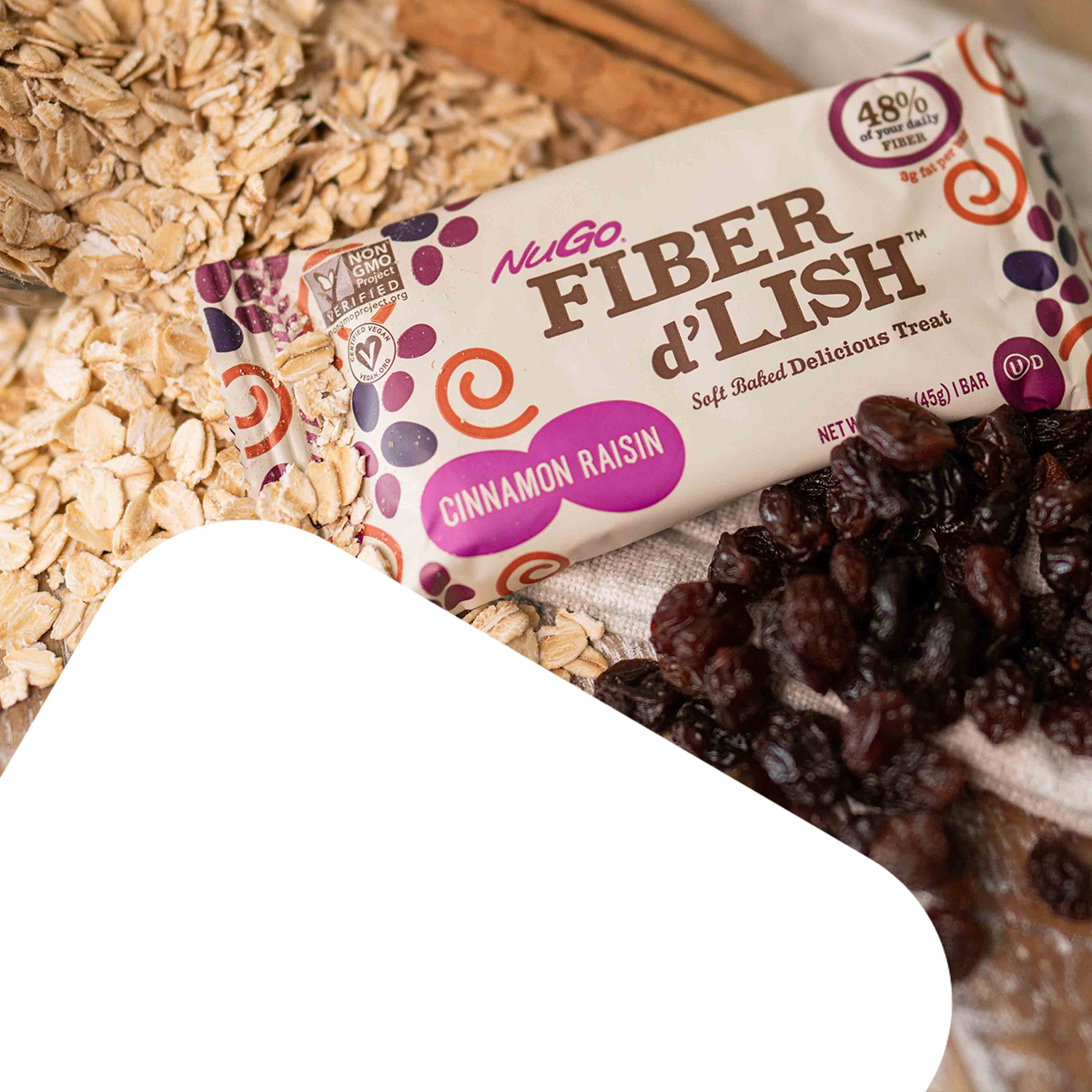Does your child have a food allergy or intolerance? What is the difference? What considerations can be considered when it comes to school meals and snacks?
Food intolerance
Intolerance is caused by irritation from a food that the body can’t properly digest. Common symptoms might include gas, cramps or bloating, heartburn or headache, or irritability. The most common type of food intolerance is caused by lactose, a sugar commonly found in dairy foods, and the inability to digest it. Another common intolerance is caused by sulfites, a sulfur-based compound that may occur naturally in a food, or may be added as a preservative or enhancer in cooked or processed foods. Foods such as dried fruits, soup mixes, pickled foods and trail mixes may contain sulfites. If you think your child has sensitivity to sulfites, be sure to read ALL food labels and look for these ingredients – sulfur dioxide, potassium bisulfite or potassium metabisulfite, sodium bisulfite, sodium metabisulfite or sodium sulfite. Reactions to sulfites are mostly mild, but in some cases can be severe.
Food allergy
According to the National Institute of Allergy and Infectious Disease, food allergy is a reaction that results from an immune response that occurs as the result of exposure to a specific food or allergen. Here, the body triggers an immune reaction against a specific food protein that is otherwise harmless. Symptoms could include: rash or hives, chest pain, and even trouble breathing or swallowing. The eight most common food allergens account for the large majority of all confirmed allergic reactions: wheat, eggs, milk, soy, peanuts, tree nuts, fish and shellfish. Research indicates that allergy to more than three foods is quite rare.
Managing food allergies in the school setting
For many parents, sending a child to school with allergies, especially if they are severe, can be scary and overwhelming. It’s important to work closely with school staff including classroom teachers, nurses, and food service personnel to inform and educate them about food allergies, to reduce exposure to allergens, and to have a plan in the case of emergency. Snacks for school classrooms, field trips, and extracurricular activities are also an important consideration. The best way to help a child avoid an allergic reaction is to help them be their own best advocate, and to help them become adept at self-management. Teach your child how to read food labels, wash their hands regularly, raise awareness among and avoid sharing food with classmates, recognize the symptoms of an allergic reaction, and carry prescribed epinephrine at all times.
Looking for a snack to meet your special dietary needs? Find the NuGo bar for your lifestyle.
For more information about food allergies, visit these resources:
Asthma and Allergy Foundation of America
Food Allergy Research and Education
References:
American Academy of Allergy, Asthma and Immunology
Food Allergy Research and Education










Leave a comment
This site is protected by hCaptcha and the hCaptcha Privacy Policy and Terms of Service apply.